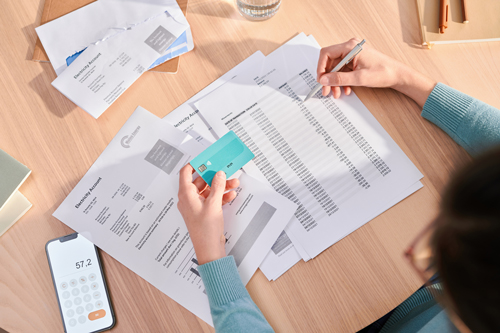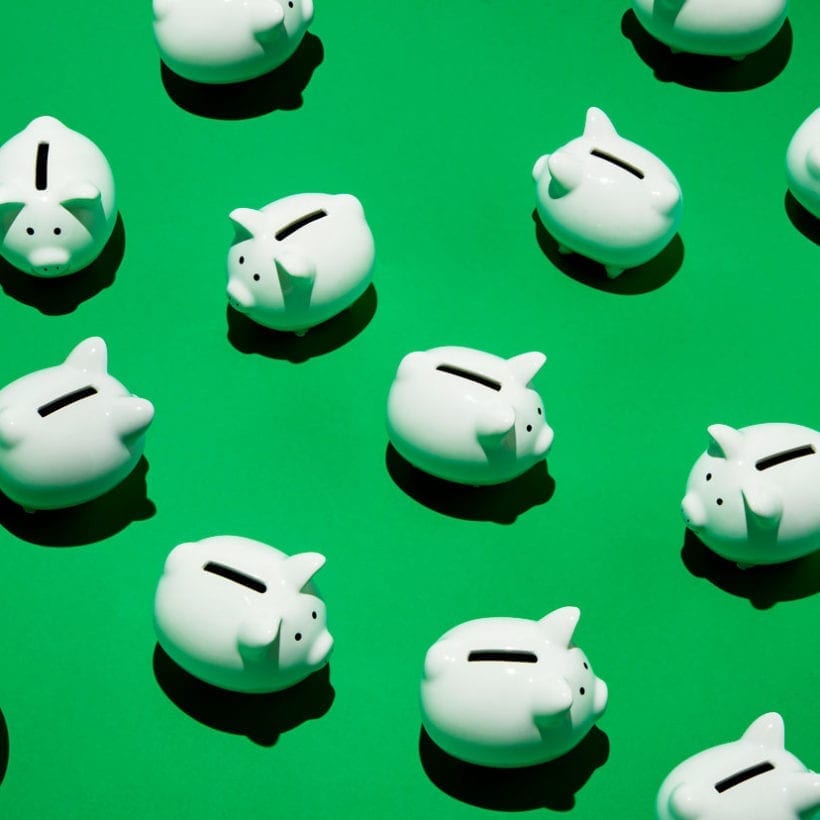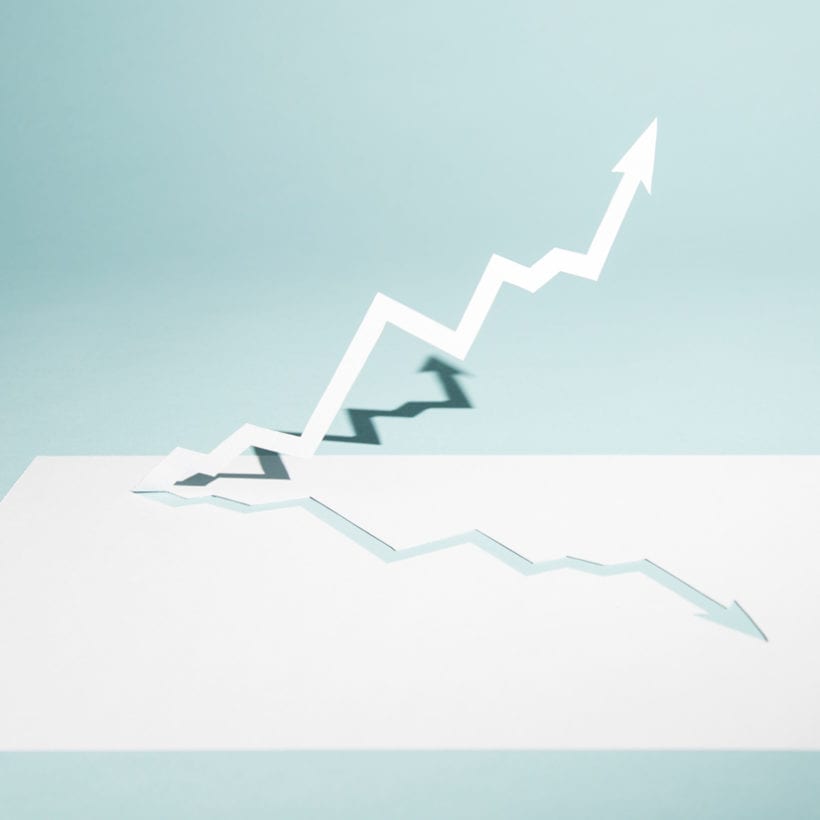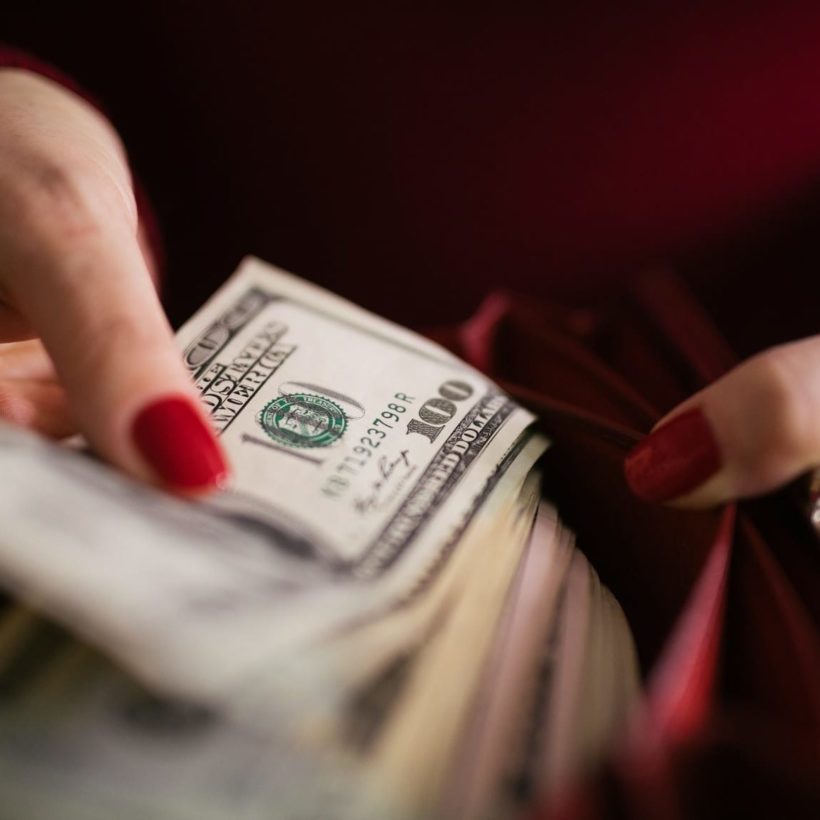In the spring of 2020, the world essentially came to a standstill. Two years later, it’s starting to feel as if a sense of newfound normalcy is finally within reach. After so much time staying home and not being able to enjoy life the way we used to, many of us have an urge to splurge to bring excitement back to our humdrum routines. This appetite to impulsively spend more than we usually would is called revenge spending, or revenge buying. In short, this happens due to people wanting to get “revenge” on the hardships they’ve had to endure (in this case, a pandemic). Though revenge spending can show a boost in the overall economy, at an individual level, it can lead to a cycle of bad money habits if not addressed. This could look like dining out for an extra-fancy meal (if you usually eat at home) or taking an expensive trip across the world (if you never typically travel).
Lindsay Martinez, CFP, owner and financial planner at Xennial Planning, shares that revenge spending is the “cash burning a hole in your pocket while you are going through unusual circumstances and unable to spend, which is exactly what happened to us during COVID-19.” Once businesses started reopening again, many of us were ready to make up for lost time and splurge on what we perhaps couldn’t do during the pandemic. Keep reading to learn more about revenge spending and how to get back on track if you’re burning more paper than usual.
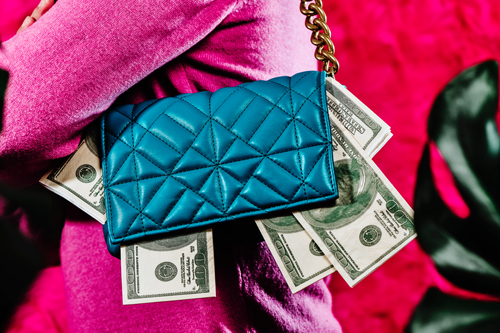
How can you tell the difference between treating yourself and revenge spending?
There’s nothing wrong with treating yourself, but Kendall Clayborne, CFP at SoFi, a personal finance company, notes you want to be sure you’re doing so responsibly and not spending more than you make or are jeopardizing other goals such as saving for retirement. On a similar note, Anna N’Jie-Konte, founder of Dare to Dream Financial Planning, shares that a red flag is when you’re doing a lot of juggling in terms of cash flow. For example, perhaps you had planned to put away a certain amount of money this month, but then tell yourself you’ll only do half of it. Another sign you may want to pause and evaluate is if you suddenly have a lot of credit card debt which wasn’t necessarily the case before. Ultimately, racking up charges based on emotions, or buying random items because of the thrill of in-person shopping, can deplete your savings and leave you in debt you can’t afford.
What can you do about revenge spending?
Martinez advises evaluating why you are taking extreme measures to satisfy an urge to spend. “There could be psychological or other unhealthy motives behind it, and seeking help may uncover a deeper problem — it’s not always about money,” she explains. “The pandemic hasn’t been easy on us, and there is no shame in feeling anxious, stressed, or even depressed — getting help earlier rather than later could prevent you from causing long-term damage.”

Additionally, Clayborne highlights a few other handy tips you can implement to get back on track:
- Seek out cheaper — or even free — activities: Now more than ever, FOMO can influence how people spend their money and motivate them to buy things they can’t afford. That being said, saving money doesn’t mean you have to miss out on fun opportunities around you. “If you feel peer pressure to spend in ways beyond your means, try thinking of cheaper or free alternatives that can help satisfy the needs you’re trying to fill. For example, you may be seeing travel pictures all over Instagram now and feel the need to go explore,” she says. Instead of spending thousands of dollars on a big trip, consider a day adventure where you can explore a new place within a few hours of home.
- Practice pausing: If you feel the urge to buy something non-essential, remove yourself from the situation and write the desired item and cost down to revisit later.
- Make impulse spending more difficult: “A tip that helps me avoid impulse purchases is removing your saved credit card info from websites or apps; this extra effort to make purchases can make you rethink whether you need or want the item,” Clayborne suggests.
- Calculate your hourly earnings: The next time you have an urge to splurge, take a second and calculate your hourly pay. Clayborne explains this can be achieved by dividing post-tax income by the number of hours worked — this can help you get a better picture of how many hours you would need to work to pay for an expense. “As an example, if you make $20 per hour, an expenditure of $200 would equal 10 hours of work. A $200 purchase may feel different once you’ve framed it this way.”
- Find a budget buddy: Find someone who can help keep you accountable and encourage you to be more thoughtful with your money. “Having a budget buddy for shorter-term goals may also help build healthy financial habits that can lead you to tackle larger obstacles down the road,” she points out.

Get clear about your values and financial goals.
N’Jie-Konte notes that there is a lot of shame in the personal finance space regarding anything viewed as frivolous, which unfortunately often has to do with women (i.e., getting our hair done, nails painted, purchasing nice clothes, etc.). “The reality is that many of us have absorbed this feeling of shame into our mentality, and sometimes people who are great with their finances are beating themselves up for no good reason.” She continues to explain that what’s most beneficial is simply getting clear on your values and your financial goals and priorities. In other words, perhaps focusing on your mental and physical wellbeing is a priority, so you budget a bit more for things like therapy and a gym membership and less on items such as clothing and electronics. The idea is to spend in alignment with what you value while also keeping in mind your financial targets. After all, your hard-earned money is meant to be enjoyed a bit, too.


